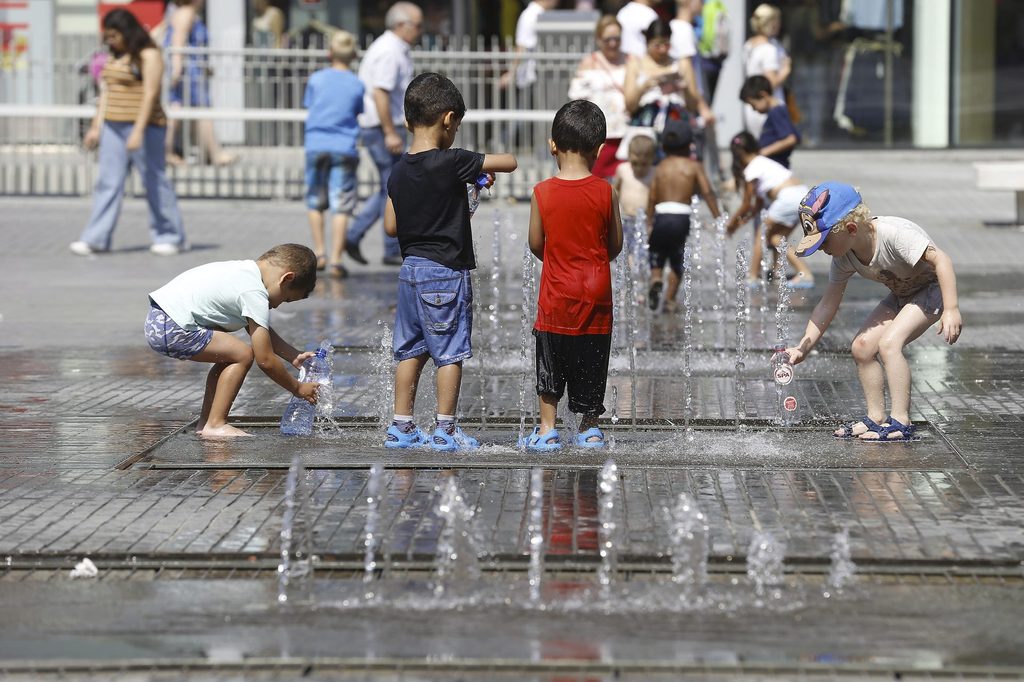Temperatures in Belgium will remain high for at least another week – with "tropical" heat expected this weekend – and the Royal Meteorological Institute (RMI) is issuing a 'code yellow' heat warning in two Flemish provinces.
Influenced by warm continental currents, the temperatures in Belgium will stay above 25°C until the end of next week, the RMI announced.
"From Friday to Monday, a zone with more instability and thunderstorms over northern France will move close to or even partially over Belgium with an upsurge of warmer air on the front," the institute announced. "As a result, we foresee maximum temperatures in the north of the country around, or slightly above, 30°C."
Therefore, the risk of a heatwave – when the temperature is 25°C or higher for at least five consecutive days, of which at least three days with temperatures of 30°C or more – is "significant" in the provinces of Antwerp and Limburg, leading to a 'code yellow' warning.
In practice, a 'code yellow' heat warning means that the RMI is urging the population to be extra vigilant: measures can be taken to protect elderly and /or frail people, by making sure they drink more than usual and keeping them out of direct sunlight.
Depending on how the situation develops, this warning may be extended to other provinces later.
High heat and ozone peaks
On Thursday afternoon, the warning phase of the High Heat and Ozone Peaks Plan was also activated by Belgium’s Interregional Environment Cell (IRCEL/CELINE).
The plan was activated as the concentration of ozone in the air will rise over the next few days, which could be harmful to the health of sensitive groups of people, such as the elderly, the chronically ill and young children.
Related News
- Overheating cars and fire dangers: Preparing for 'tropical' weekend heat
- High heat and ozone warning phase activated
However, the ozone concentration should not exceed the European information threshold of 180 µg/m3. When it goes above that, the population is called on to be vigilant.
The warning phase serves primarily to inform the general public and health and personal care professionals, so that they can be particularly vigilant and make sure to check drinking water supplies, the ambient temperature inside buildings, etc.

